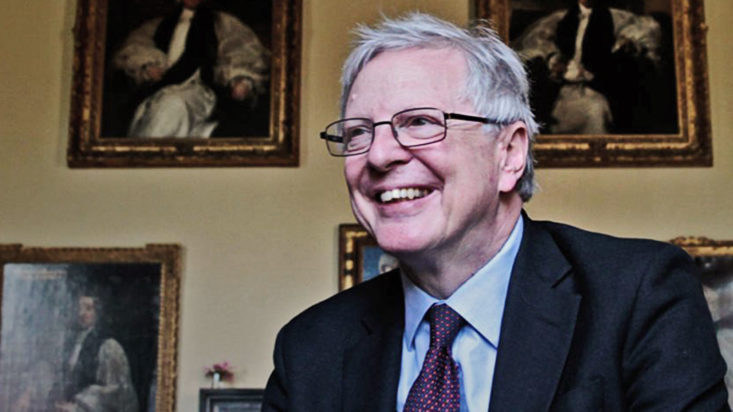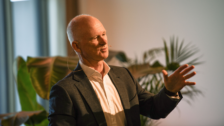Markets to grind ‘lower and lower’ amid paradigm shift
“We haven’t seen a secular bear market for nearly 40 years,” said Johnathan Ruffer, chairman of UK-based multi-asset manager Ruffer, in the firm’s third-quarter update. The outspoken contrarian delivered something of a warning for the cohort of “clever” economists, political journalists and hedge fund managers who think they can understand what is going on in the economy.
To say that Ruffer puts his money where his mouth would be an understatement, with the group running a single multi-asset strategy that seeks to deliver a consistent return in all markets. Explaining the group’s longevity, when many others have failed, he talks about being “preoccupied with keeping our clients safe.”
As at any point in recent history, there as many risks today as there have been at any other time, but what Ruffer is really concerned about is identifying the “pivotal moment,” or turning point for markets. “These moments are easy to predict, because they are so obvious,” he says. However, as we have seen time and again in the 2000s and even since the 1980s, picking the crisis and making money from it are two different stories.
“One may have to wait a very long time – longer than either a client or professional fund manager finds comfortable,” he says, noting this is “no game for the risk-averse”. Risk must be taken in order to have any hope of delivering the sort of compounding returns that investors seek, but it needs to be taken with a view to balancing the many and growing uncertainties.
That uncertainty, today, is a change in the market paradigm. According to Ruffer’s analysis, markets have gone up 71 per cent of the last 150 quarters, in a “grind-up” that almost matches the inverse fall in bond markets. His message to investors “we are going into an invert of the last period – markets will grind lower and lower.”
In this environment, holding almost all assets for the long-term will be a “miserable experience” warning investors against buying the bounce that never comes. The problem he suggests, along with many before, is the level of indebtedness around the world. Debt-to-GDP ratios in France and the US now exceed 300 per cent, which must eventually come down.
“The world is therefore trapped on a ledge, savaged if interest rates go up, compromised if asset prices go down, and unable to stop the debt pile increasing until buyers go on strike.”
So where does one invest in this environment? The group naturally has a home bias to the UK, which is among those governments seeking to deal with the debt via higher taxes. Inflation-linked bonds make up 27 per cent of the portfolio whilst cyclical equity holdings including BP, Royal Dutch Shell and Lloyds Bank seek to offer inflation protection.
Right or wrong, the next five years will clearly be interesting.











